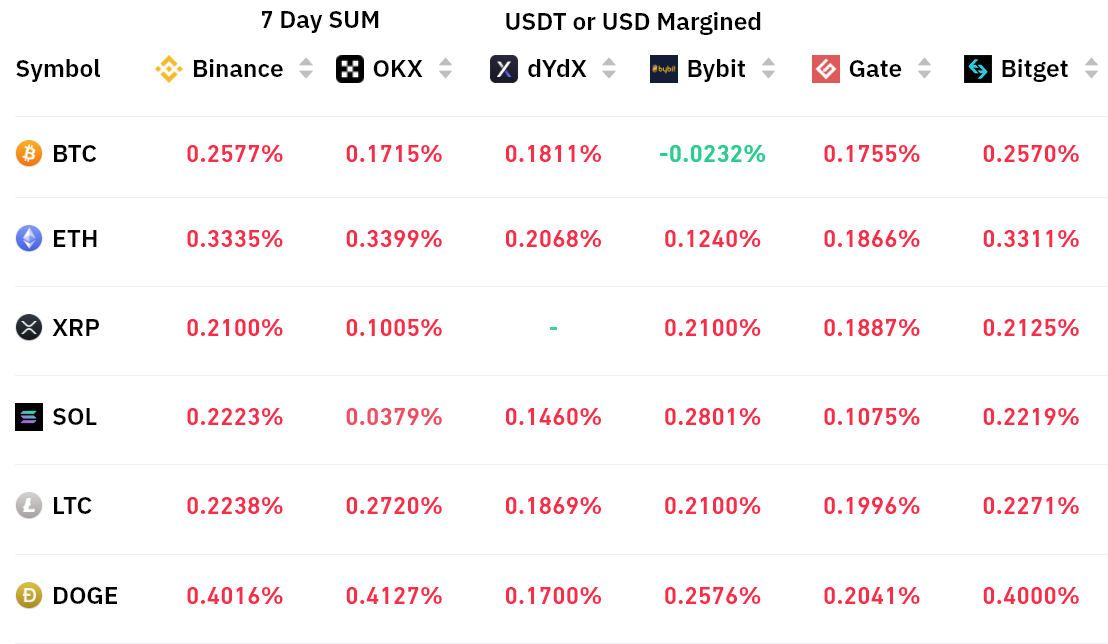
Bitcoin's upward momentum could continue according to Asian stablecoin demand and the BTC futures premium.
It might seem like forever and a day ago when the Bitcoin (BTC) price was trading below $18,000, but in reality, it was 40 days ago. Generally, cryptocurrency traders tend to have a short-term memory and, more importantly, they attribute less importance to negative news during bull runs. A great example of this behavior is BTC’s 15% gain since Feb. 13, despite a steady flow of bad news in the crypto market.
For instance, on Feb. 13, the New York State Department of Financial Services (NYDFS) ordered Paxos to "cease minting" the Paxos-issued Binance USD (BUSD) dollar-pegged stablecoin. Similarly, Reuters reported on Feb. 16 that a bank account controlled by Binance.US moved over $400 million to the trading firm Merit Peak — which is supposedly an independent entity also controlled by Binance CEO Changpeng Zhao.
The regulatory pressure wave continued on Feb. 17 as The United States Securities and Exchange Commission (SEC) announced a $1.4-million settlement with former NBA player Paul Pierce for allegedly promoting "false and misleading statements" regarding EthereumMax tokens on social media.
None of those adverse events were able to break investors' optimism after weak economic data signaled that the U.S. Federal Reserve (FED) has less room to keep raising interest rates. The Philadelphia FED Manufacturing Survey displayed a 24% decrease on Feb. 16 and U.S. housing starts increased by 1.31 million versus the previous month, which is softer than the 1.36 million expectation.
Let's take a look at Bitcoin derivatives metrics to better understand how professional traders are positioned in the current market conditions.
Asia-based stablecoin demand remains ‘modest’
Traders should refer to the USD Coin (USDC) premium to measure the demand for cryptocurrency in Asia. The index measures the difference between China-based peer-to-peer stablecoin trades and the United States dollar.
Excessive cryptocurrency buying demand can pressure the indicator above fair value at 104%. On the other hand, the stablecoin's market offer is flooded during bearish markets, causing a 4% or higher discount.

Currently, the USDC premium stands at 2.7%, which is flat versus the previous week on Feb. 13 andindicates modest demand for stablecoin buying in Asia. However, the positive indicator shows retail traders were not frightened by the recent newsflow or Bitcoin’s rejecection at $25,000.
The futures premium shows bullish momentum
Retail traders usually avoid quarterly futures due to their price difference from spot markets. Meanwhile, professional traders prefer these instruments because they prevent the fluctuation of funding rates in a perpetual futures contract.
The two-month futures annualized premium should trade between +4% to +8% in healthy markets to cover costs and associated risks. Thus, when the futures trade below this range, it shows a lack of confidence from leverage buyers. This is typically a bearish indicator.

The chart shows bullish momentum as the Bitcoin futures premium broke above the 4% neutral threshold on Feb. 16. This movement represents a return to a neutral-to-bullish sentiment that prevailed until early February. As a result, it’s clear that pro traders are becoming more comfortable with Bitcoin price trading above $24,000.
Related: Hong Kong outlines upcoming crypto licensing regime
The limited impact of rgulatory action is a positive sign
While Bitcoin's 15% price gain since Feb. 13 is encouraging, the regulatory newsflow has been primarily negative. Investors are excited by the U.S. FED's decreased ability to curb the economy and contain inflation. Hence, one can understand how those bearish events could not break cryptocurrency traders' spirit.
Ultimately, the correlation with the S&P 500 50-day futures remains high, at 83%. Correlation stats above 70% indicate that asset classes are moving in tandem, meaning the macroeconomic scenario has likely determined the overall trend.
At the moment, both retail and pro traders are showing signs of confidence according to the stablecoin premium and BTC futures metrics. Consequently, the odds favor a continuation of the rally because the absence of a price correction typically marks bull markets despite the presence of bearish events,especially regulatory ones.
This article does not contain investment advice or recommendations. Every investment and trading move involves risk, and readers should conduct their own research when making a decision.
The views, thoughts and opinions expressed here are the authors’ alone and do not necessarily reflect or represent the views and opinions of Cointelegraph.


































